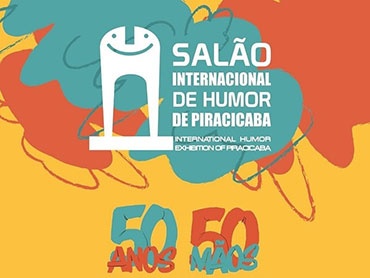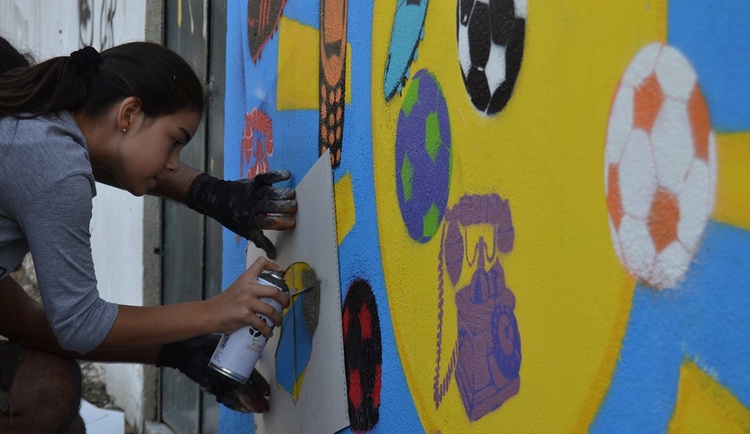
Urban Art: What Can Children Learn from It?
It's important to reflect on how the perception of these artistic expressions impacts children's learning.
A child's relationship with their surroundings has many layers, and learning can occur in the most everyday interactions and experiences, such as walking through the neighborhood or observing the facades of buildings. And from this observation of the city as a potential educational space comes an obvious observation: the strong presence of urban art on city walls and, more specifically, in schools and early childhood education centers. Just think of how many kindergartens you know whose facades feature some form of artistic expression.
Given the controversies sweeping São Paulo due to current mayor João Dória's recent decision to erase graffiti from the streets, it's important to reflect on how the perception of these artistic expressions impacts children's learning.
With this in mind, our partner Portal Aprendiz published an interview with educator Maria Luiza Viana, from the Federal University of Minas Gerais, about the impact of urban art on children's perception of the city. "As much as we dream of a world where walls don't separate the school from its surroundings and its community, it's possible to see, in the colorful displays, the desire to transcend this segregation," the text argues.
For Maria Luiza, who worked on two projects that connect education and urban art – Escola Integrada and Projeto Guernica – there's rich potential in the discoveries that arise when a school opens. She cites the example of a school in Minas Gerais that, while talking to neighbors about painting the walls in the area, discovered a visual artist who lived there.
"Urban art has this potential to activate community connections that truly transform environments. It's not the government arriving in a place and 'improving' it. It's the key stakeholders changing and breaking the stigmas of certain spaces," the researcher argues.
Educating City
The professor argues that urban art is directly related to the concept of an educating city, a topic we frequently discuss here at Lunetas. For her, occupying the city with children is a political act and involves practicing daily actions that offer an alternative to car traffic and excessive consumption.
"On the street, the experience of art takes place differently than in a classroom or studio," the educator points out. "With the city as a learning object, you begin to perceive your surroundings, absorbing elements that are present in the environment, such as color, shape, space, light, and surface material," she adds.
Source
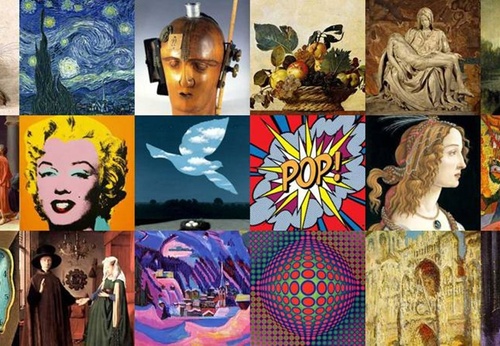
- January 05, 2026
The Importance of Art in Society

- January 05, 2026
Frida Kahlo
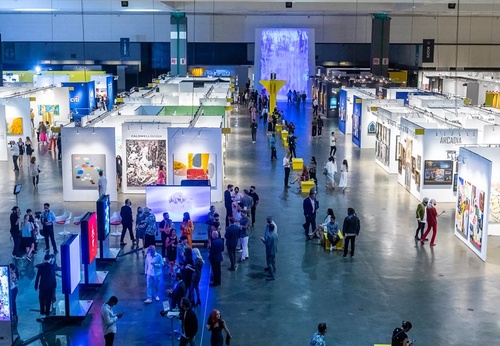
- January 05, 2026
The Latin American Pavilion Marks a Milestone at the LA Art Show
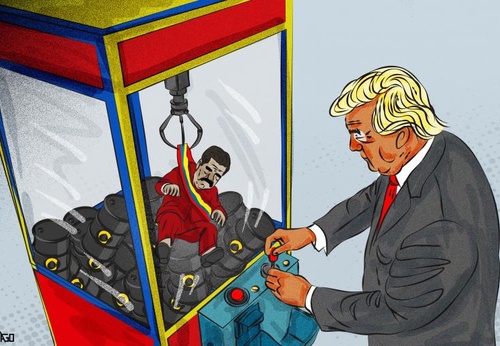
- January 05, 2026
Trump captures Maduro
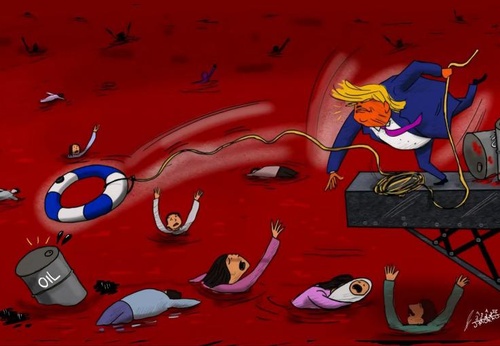
- January 05, 2026
Priorities Trump's priorities.
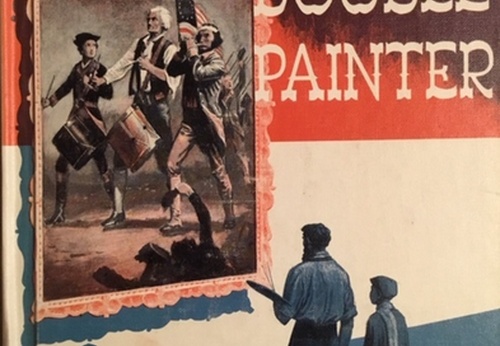
- January 05, 2026
Yankee Doodle Painter by Anne Colver
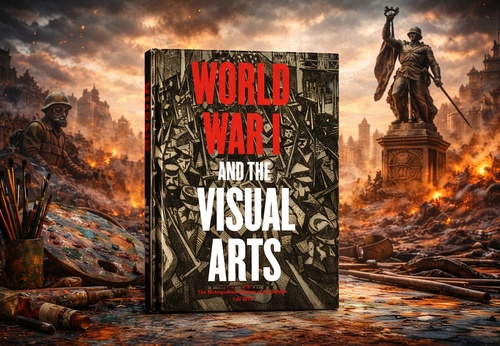
- January 04, 2026
World War I and the Visual Arts
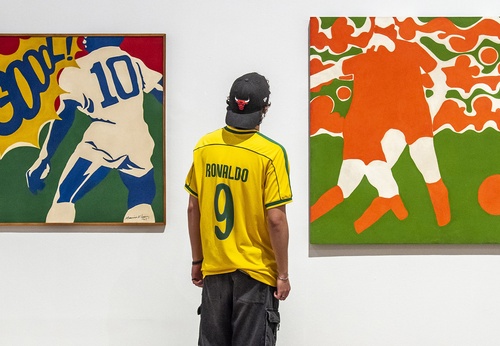
- January 04, 2026
Graphic Art: Much More Than an Image, a Brazilian Visual Language
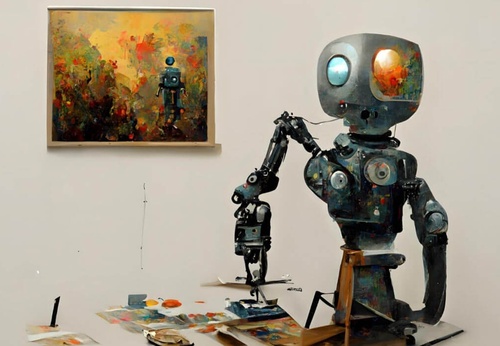
- January 04, 2026
The Future of NFTs and AI-Generated Art

- January 05, 2026
The Importance of Art in Society

- January 04, 2026
Graphic Art: Much More Than an Image, a…

- January 04, 2026
The Future of NFTs and AI-Generated Art

- January 01, 2026
Human Creativity vs. Algorithmic Creati…

- January 01, 2026
The Role of AI in the Preservation of C…

- December 31, 2025
Smart Museums: Artistic Experiences wit…

- December 31, 2025
Ethical Challenges of Machine-Created A…

- December 30, 2025
Generative Art: From Code to Gallery

- December 30, 2025
How Artificial Intelligence Is Redefini…

- December 29, 2025
Artificial Intelligence and the Reconfi…

- December 29, 2025
The Artificial Intelligence Revolution …

- December 28, 2025
The Difference Between Contemporary Art…

- December 28, 2025
The Impact of Contemporary Art on Today…

- December 28, 2025
Contemporary Art and its Multiple Langu…

- December 27, 2025
Graffiti: Urban Voices That Tell Stories

- December 27, 2025
The Art of Graffiti: Expression, Identi…

- December 24, 2025
Art as Human Expression and Universal L…

- December 24, 2025
Art in the Street: When the City Become…

- December 23, 2025
Urban Art in Latin America

- December 23, 2025
Folk Art in Indigenous Communities of L…

- August 29, 2023
The history of Bolivian art

- February 19, 2024
Analysis and meaning of Van Gogh's Star…

- January 28, 2024
Culture and Art in Argentina

- September 25, 2023
What is the importance of art in human …

- September 23, 2023
What is paint?

- August 23, 2023
The 11 types of art and their meanings

- August 10, 2023
14 questions and answers about the art …

- September 23, 2023
Painting characteristics

- August 30, 2023
First artistic manifestations

- January 12, 2024
10 most beautiful statues and sculpture…

- September 23, 2023
History of painting

- March 26, 2024
The importance of technology in art1

- July 13, 2024
The impact of artificial intelligence o…

- March 26, 2024
Cultural identity and its impact on art…

- April 07, 2024
Graffiti in Latin American culture

- August 16, 2023
The 15 greatest painters in art history

- April 06, 2024
History of visual arts in Ecuador

- April 02, 2024
History visual arts in Brazil

- October 18, 2023
History of sculpture

- August 24, 2023
The most famous image of Ernesto "Che" …

- February 19, 2024
Analysis and meaning of Van Gogh's Star…

- August 13, 2023
9 Latino painters and their great contr…

- August 23, 2023
The 11 types of art and their meanings

- August 10, 2023
14 questions and answers about the art …

- August 27, 2023
15 main works of Van Gogh

- August 29, 2023
The history of Bolivian art

- January 28, 2024
Culture and Art in Argentina

- November 06, 2023
5 Latin American artists and their works

- September 23, 2023
Painting characteristics

- September 23, 2023
What is paint?

- September 25, 2023
What is the importance of art in human …

- March 26, 2024
Cultural identity and its impact on art…

- August 30, 2023
First artistic manifestations

- December 18, 2023
10 iconic works by Oscar Niemeyer, geni…

- January 20, 2024
What is the relationship between art an…

- January 12, 2024
10 most beautiful statues and sculpture…

- August 24, 2023
The most famous image of Ernesto "Che" …

- October 30, 2023
Characteristics of Contemporary Art

- May 26, 2024
Técnicas de artes visuais

- August 22, 2023

